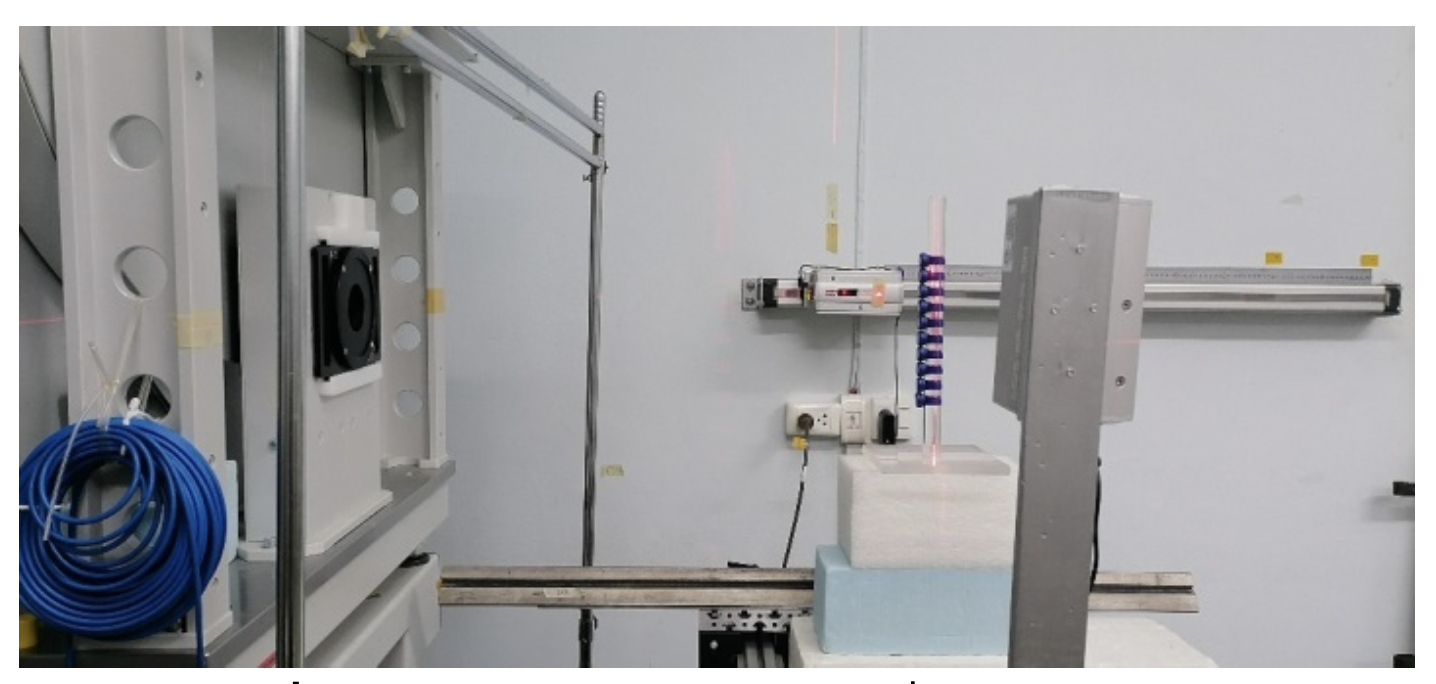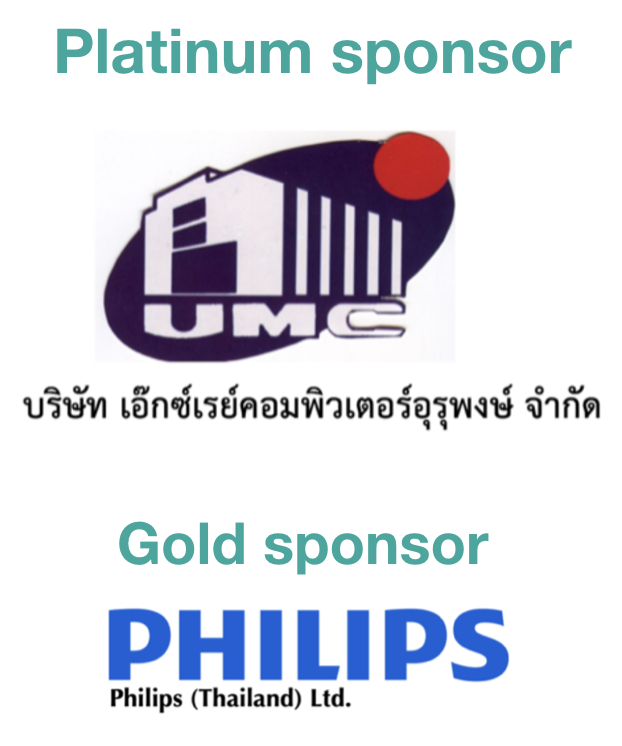The study of anneal of optical stimulated luminescence (OSL) in the nanoDot® OSLD exposed by light emitting diode (LED) and fluorescent lamp
Abstract
Background: The nanoDot® OSLD can be used as a personal radiometer to measure the equivalent radiation dose of the lens of the eye, knuckle or wrist, and it can be reused by exposure from fluorescent lamp in order to anneal the nanoDot® OSLD. The radiation dose after expose received should be less than 0.1 mSv. The laboratory that uses the fluorescent lamp had a problem of using several hours for the exposure. Therefore, the researcher has an idea to reduce exposure using LED instead of fluorescent lamp. Objective: This work aimed to anneal the optical stimulated luminescence (OSL) in the nanoDot® OSLD by exposure from light emitting diode (LED) and fluorescent lamp. Methods: For LED, 90 nanoDot®OSLDs were irradiated 5 mSv of x-rays, and then bathe in 3 sets of 5 of nanoDot® OSLDs, starting from red to blue light, taking 5, 15 and 30 minutes to read and record the radiation dose. The percentage difference of the radiation dose was calculated, plot the graph was performed. For the blue fluorescent lamp, 50 nanoDot® OSLDs were irradiated 7 mSv of x-rays, and took 10 sets of 5 of the nanoDot® OSLDs, taking 5, 15, 30, 60 minutes and 1 day to read and record. Results: LED of all colors can anneal, and the radiation dose reading after exposure less than 0.1 mSv were red, green, white and yellow light, respectively, while fluorescent, it takes 1 day. Conclusions: The nanoDot® OSLD can be annealed by both of LED and fluorescent lamp, and blue LED is suitable for anneal, and can be used LED instead fluorescent lamp.
Downloads
References
พระราชบัญญัติพลังงานนิวเคลียร์เพื่อสันติ พ.ศ. 2559 กฎกระทรวงความปลอดภัยทางรังสี พ.ศ. 2561 ราชกิจจานุเบกษา เล่ม 135 ตอนที่ 79ก (วันที่ 5 ตุลาคม 2561)
NAGASE LANDAUER, LTD. InLight Systems. nanoDot® Dosimeter. [Online]. 2021 [cited 2021 April 19]. Available from URL:https://www.landauer.eu/dosimetry-solutions/# support
Gronchi CC, Cecatti SGP, Pinto TCNO, Caldas LVE. Optical decay of OSL signal of Al2O3:C detectors exposed to different light sources. Nuclear Instruments and Methods in Physics Research B 266, 2008:2915-2917.
Benevides L, Romanyukha A, Hull F, Duffy M, Voss S, Moscovitch M. Light induced fading in the OSL response of Al2O3:C. Radiation Measurements 2010; 45:3-6: 523-526.
International Atomic Energy Agency. Occupational radiation protection. General safety guide. No. GSG-7. Vienna; IAEA; 2018;149.
Surdo A.I, Milman I.I, Vlasov M.I, White light-emitting diodes for optical stimulation of aluminium oxide in OSL dosimetry. Radiation Measurements 2013; 59:188-192.
Botter-Jensen L, Mejdahl V, Murray A.S. New light on OSL.Quaternary Science Reviews. 1999; 18:2:303-309.
NAGASE LANDAUER, LTD. InLight Systems. nanoDot® Dosimeter. [Online]. 2021 [cited 2021 Dec 13]. Available from: URL:https://www.landauer.eu/produit/calibration-and-quality-control-kits/

Downloads
Published
How to Cite
Issue
Section
License
Copyright (c) 2022 The Thai Society of Radiological Technologists

This work is licensed under a Creative Commons Attribution-NonCommercial-NoDerivatives 4.0 International License.
บทความที่ได้รับการตีพิมพ์เป็นลิขสิทธิ์ของสมาคมรังสีเทคนิคแห่งประเทศไทย (The Thai Society of Radiological Technologists)
ข้อความที่ปรากฏในบทความแต่ละเรื่องในวารสารวิชาการเล่มนี้เป็นความคิดเห็นส่วนตัวของผู้เขียนแต่ละท่านไม่เกี่ยวข้องกับสมาคมรังสีเทคนิคแห่งประเทศไทยและบุคคลากรท่านอื่น ๆในสมาคม ฯ แต่อย่างใด ความรับผิดชอบองค์ประกอบทั้งหมดของบทความแต่ละเรื่องเป็นของผู้เขียนแต่ละท่าน หากมีความผิดพลาดใดๆ ผู้เขียนแต่ละท่านจะรับผิดชอบบทความของตนเองแต่ผู้เดียว




